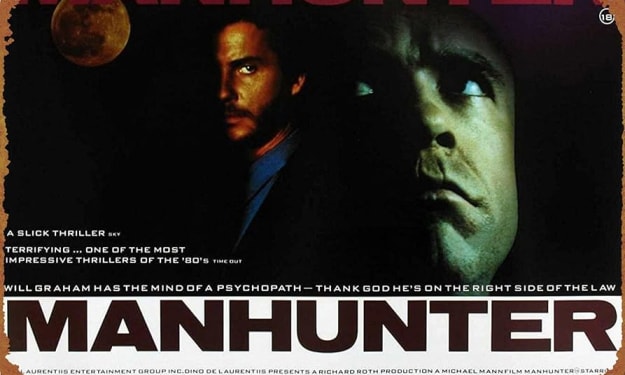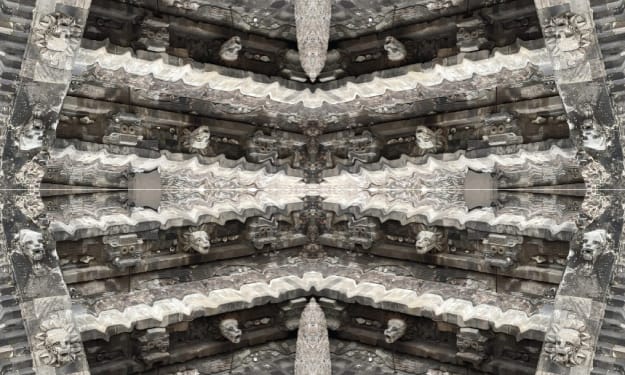
The modern television viewer is, it is safe to say, spoiled for choice. Hundreds of channels beam all kinds of programmes into homes to be viewed on giant screens in high-definition colour and with surround sound 24/7/365.
But getting to the stage of lifelike viewing we now take for granted was a long and slow process. The modern television bears as much resemblance to its embryonic predecessor as a Formula 1 Ferrari does to Fred Flintstone’s jalopy. And if I can draw your gaze away from the screen for a moment, I shall reveal some facts about television from my younger days that may horrify you.
There was only one channel
The BBC began television broadcasts in the 1930s. With the wave of affluence after the dust from the Second World War had settled, and Prime Minister Harold MacMillan told British workers they’d never had it so good, TV sets became a must-have household item. But there was only one channel to watch.
That solitary channel remained until 1955, when ITV, Britain’s first commercial channel, started broadcasting, and viewers were introduced to TV advertising. Then, in 1964, BBC2 began, but that would be it for the next eighteen years. We Brits had to make do with just those three channels until Channel 4 started in 1982. Channel 5 came on stream in 1997, but terrestrial TV was in decline, and a host of new satellite stations had arrived.
There were no remote controls
There are so many channels available these days we can usually find something suitable to watch by scrolling through the list. The remote control also comes in handy during ad breaks, as it allows us to, for example, catch up on the news headlines rather than watch an ad for laundry liquid. But get this: when I was young, there were no remote-controlled televisions in the UK.
Viewers changed channels via a console built into the set as a rotatable dial or radio buttons. This meant that every time, yes, every time you wanted to switch channels, you had to rise from your seat and walk over to the set. Settings such as volume and brightness were also controlled via buttons on the television. Believe me, channel-hopping was a minority pastime in those days.
There was no television through the night
Here’s where it gets scary. Imagine coming home from a night out and getting comfy in your favourite chair with hot chocolate and Pop-Tarts. All you need to complete the unwinding exercise is something gentle to watch, perhaps a rerun of an old sitcom or a game show.
But something’s not right. There are no channels broadcasting, and an investigatory scan turns up nothing but white noise across the board, leaving you to wonder where everyone has gone. It’s like Silent Hill, but for real.
You see, back in the day, TV stations closed down for the night, usually around midnight. During the signing-off process, a presenter would thank us for watching, express a desire that we’ll tune in again tomorrow, and then bid us a peaceful and pleasant goodnight. The BBC signed off with the national anthem.
And then there was nothing to see until the following morning.
There was no daytime television
When morning arrived and broadcasting resumed, there was very little to see. While it is the done thing these days for kids to slurp their way through a bowl of cereal while watching a cartoon on TV at breakfast time, there was no such entertainment for my generation. The only thing shown at that time of day was The Open University, where cereal-munching school kids might have seen a bearded professor with patches on the elbows of his jacket talking about sine and cosine. Luckily, there was usually something to read on the back of the cereal box.
And for kids who had to stay at home because of illness, whether genuine or simulated, the only thing on television was Programmes for Schools, in other words, lessons.
Everything was shown in monochrome
Everything. From football games to Tom & Jerry cartoons and heck, even psychedelic music videos of the day were shown in monochrome. That film you saw at the cinema in glorious colour would be dull old black and white when screened on television.
The lack of colour often caused confusion, particularly at sporting events. A football game between a team in red shirts against a team in blue shirts would become the light greys versus the slightly lighter greys.
Colour confusion was most famously highlighted during a snooker tournament when commentator Ted Lowe uttered the less-than-helpful but legendary words, “For those of you watching in black and white, the pink is next to the green.”
It really was another world.
About the Creator
Joe Young
Blogger and freelance writer from the north-east coast of England
Enjoyed the story? Support the Creator.
Subscribe for free to receive all their stories in your feed. You could also pledge your support or give them a one-off tip, letting them know you appreciate their work.






Comments
There are no comments for this story
Be the first to respond and start the conversation.